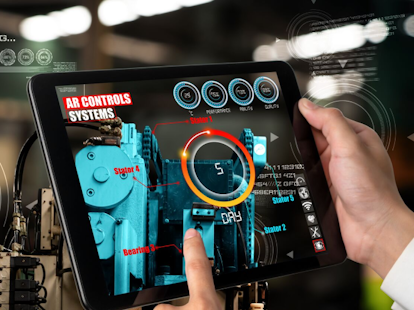Globally, the number of humans over 80 was estimated at 143 million in 2019. This is expected to triple to 426 million by 2050.i An aging population creates challenges for society, but it also provides opportunities for industry as markets adapt. Products aimed at elderly people often sit between personal care items and medical devices. How can manufacturers be certain their products comply with the right regulations?
The shift towards an older population means people with potential health issues are living independently and they want to maintain that self-sufficiency for as long as possible. It is clear industry is adapting to these changing markets. An aging population is a key driver in the development of a number of smart technologiesii; and a quick online search shows growth in the associated markets as diverse as adult diapersiii and radar fall detectors.iv
Medical Device or Personal Care Item?
Protecting any vulnerable section of society is important. Products must be manufactured to high standards for safety and quality. What standards apply to the product depends on whether it is defined as a personal care item or a medical device.
A medical device is defined as an instrument, apparatus, implement or piece of software that is intended by its manufacturer to be used for humans, principally for the purposes of diagnosis, prevention, monitoring, treatment, or alleviation of a disease, injury or handicap.
The definition of medical devices is wide and diverse but it does not cover all products aimed at elderly people. For example, it would not include adult diapers, but it will cover blood pressure monitors. At the same time, this definition also covers products that are designed to be used by Healthcare professional and not end consumers.
It is important for manufacturers to understand what category their product falls under so they can ensure it complies with the correct standards. The standards that are applied to personal care items, such as adult diapers and personal hygiene wipes, can be very different to those that apply to medical devices.
Wheelchairs and Walking Aids
Even once a manufacturer has identified which category a product falls under, there can be a wide variety of standards that can be enforced. To understand this, we shall look at one of the fastest growing segments in the healthcare industry – wheelchairs and walking aids.
Depending on the market, these products, which include walking frames, rollators, sticks and crutches, must comply to a variety of standards, depending upon the market’s requirements and the product type. For example, electric wheelchair safety is governed by the ISO 7176 series of standards. When the product is a manual wheelchair for a user who weighs less than 250kg, the EU has standard EN 12183. For electrically powered wheelchairs with a maximum speed not exceeding 15 km/h and intended to carry a single person not exceeding 300kg, the EU has EN 12184. This second standard also covers electrically powered scooters with three or more wheels.
When an elderly person wishes to use a walking aid that is manipulated using both arms – for example, a walking frame or rollator – it should comply with ISO 7176 to ensure it is safe. In addition, the following European Union standards can also be applied to test for static stability, braking capabilities, static strength and fatigue:
- EN 11199-1 – walking frames
- EN 11199-2 – rollators being used as walking aids with wheels
- EN 11199-3 – walking tables with three or more wheels
For walking aids that are manipulated by one arm – walking sticks and crutches -– the following standards can be used to ensure a product is safe:
- ISO 11334-1 – elbow crutches
- ISO 11334-4 – walking sticks with three or more legs
- BS 4997 – wooden axilla crutches
- BS 5205 – adjustable metal sticks
- BS 5181 – wooden walking sticks
Manufacturers might also consider:
- ISO 24415-1 – for testing the friction between the tips of walking aids on a (dry/flat) walking surface
- ISO 24415-2 – for durability of crutch tips
An aging population creates an opportunity for manufacturers to introduce high quality products onto the market. These must be safe and comply with the correct regulations for the target market. The manufacturer needs to understand whether the product will be considered as a personal care item or as a medical device. Even with this information, it can still be difficult to understand which standards should be used to test the product to ensure it is safe for the elderly to use.
SGS offers a comprehensive range of services to manufacturers offering products to the elderly. Our global network of experts and testing facilities have the expertise to ensure your products are safe and comply with the correct regulations. Whether your product is a medical device or personal care item, we can help you successfully access your target markets.
For more information, please contact:
Pierre-Jean Cavaroc
Packaging and Medical Strategic Expert
Consumer and Retail
t: +33 557970233
REFERENCES:
i Ageing
ii The Senior Factor In Smart Home Innovation
iii Adult Diapers Market
iv Radar fall detector aimed at booming home care market



